Imagine stepping into your garden on a bright spring morning, surrounded by a symphony of birdsong. Those melodic tweets, chirps, and calls aren’t just pleasant background noise—they’re an intricate communication system developed over millions of years of evolution. Recording these sounds can be a rewarding hobby that connects you more deeply with nature, helps with bird identification, contributes to citizen science, or simply preserves beautiful memories. Whether you’re an amateur ornithologist, a nature enthusiast, or someone looking for a peaceful new pastime, capturing the sounds of your garden’s avian visitors is accessible to nearly anyone with the right approach and equipment. This guide will walk you through everything you need to know to start recording high-quality bird sounds right from your own backyard.
Understanding Bird Vocalizations
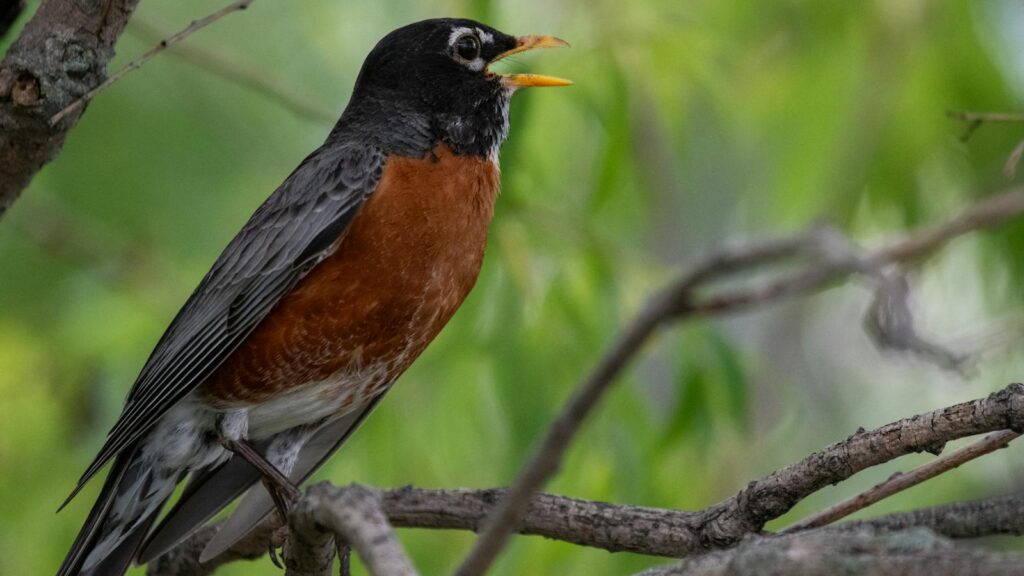
Birds produce a remarkable variety of sounds that serve different purposes in their daily lives. Songs are typically longer, more complex vocalizations often used by males to attract mates and defend territory, especially during breeding season. Calls, on the other hand, tend to be shorter, simpler sounds used for communication about food, danger, or keeping the flock together. Each species has its own unique vocal signature, with some birds like mockingbirds and catbirds even mimicking other species or environmental sounds. Understanding these different types of vocalizations can help you anticipate when and where to position your recording equipment for the best results. Morning hours, particularly the “dawn chorus” starting about 30 minutes before sunrise, offer the richest soundscape as many species sing simultaneously to establish their territories for the day.
Essential Recording Equipment
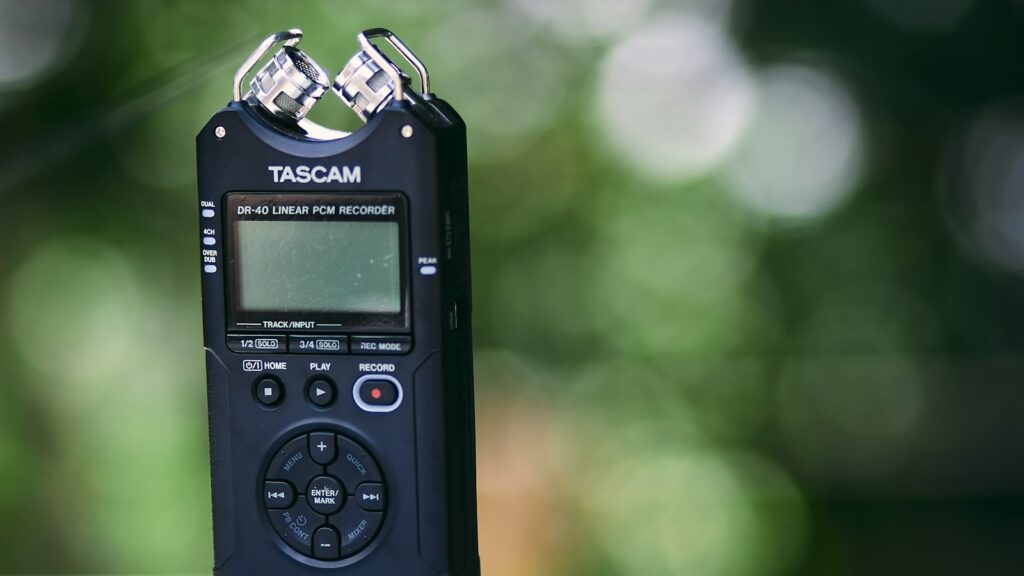
While smartphones can capture basic bird sounds, dedicated equipment will dramatically improve your recordings’ quality. A digital recorder with adjustable gain settings forms the foundation of your setup, with models from Zoom, Tascam, or Sony offering good entry points for beginners. Equally important is your microphone—shotgun microphones provide excellent directionality for isolating individual birds, while parabolic microphones can capture distant sounds with remarkable clarity. For those serious about the hobby, a windscreen or “dead cat” cover is essential for reducing wind noise that can ruin otherwise perfect recordings. Many recordists also recommend using headphones while recording to monitor audio quality in real-time and ensure you’re capturing the sounds you want. While professional setups can cost hundreds or thousands of dollars, beginners can start with budget-friendly options around $100-200 that still produce satisfying results.
Choosing the Right Location in Your Garden
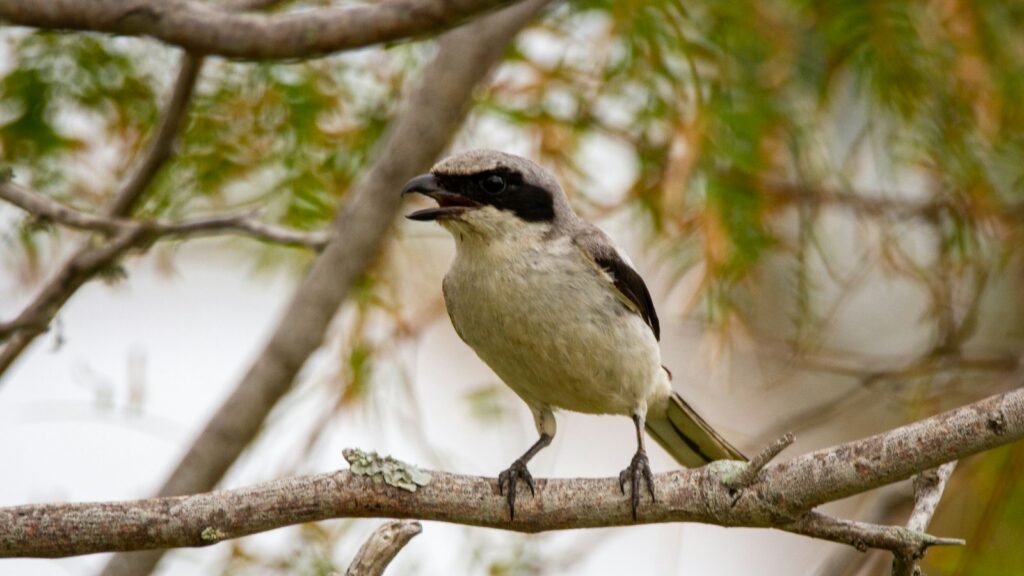
Strategic positioning within your garden can significantly enhance your recording success. Birds are creatures of habit, often following regular routes and visiting the same feeding or perching spots throughout the day. Observe your garden for several days, noting where birds frequently gather—perhaps near feeders, birdbaths, dense shrubbery, or particular trees that provide food or shelter. Position yourself or your equipment with the sun at your back when possible, as this improves visibility while reducing equipment overheating. Creating a makeshift blind or hiding spot using garden furniture or natural features can allow you to record without disturbing your subjects. Remember that different parts of your garden might attract different species depending on the vegetation, height, and available resources, so experiment with various locations to capture the full diversity of your avian visitors.
Timing Your Recording Sessions
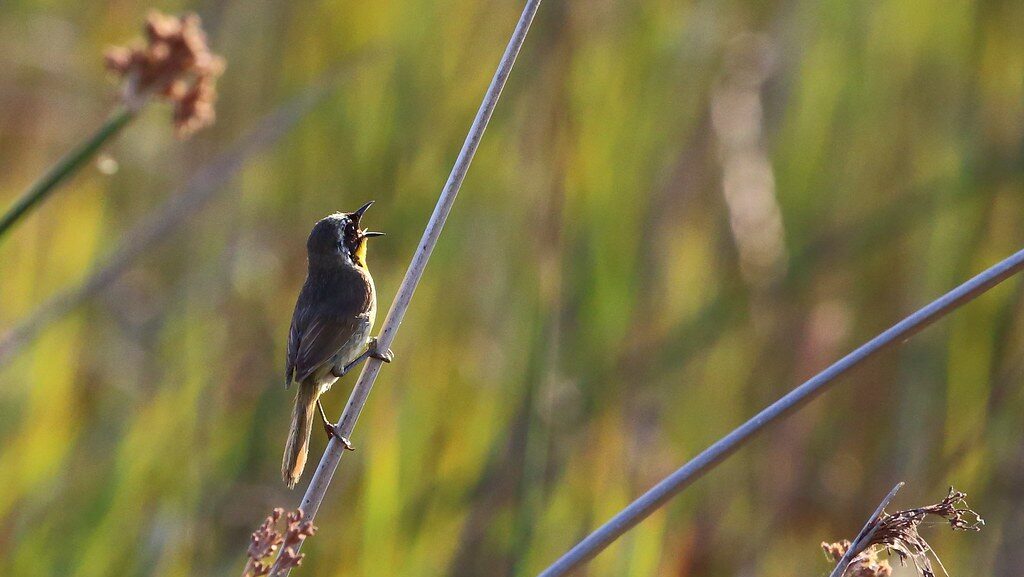
The timing of your recording sessions greatly influences both the quantity and types of bird sounds you’ll capture. The early morning “dawn chorus” (starting 30-45 minutes before sunrise) offers the richest soundscape, as birds actively establish territory and communicate before beginning their daily activities. A secondary period of vocal activity often occurs in the early evening as birds settle in for the night. Seasonal timing is equally important—spring brings courtship songs and territorial declarations, summer features parents calling to offspring, fall includes migration calls, and even winter has its unique vocalizations among resident species. Weather conditions significantly impact bird activity, with calm, clear mornings generally yielding the best recording opportunities. Avoiding windy days is particularly important, as even moderate breezes can create distracting noise that masks bird sounds and reduces recording quality.
Minimizing Background Noise
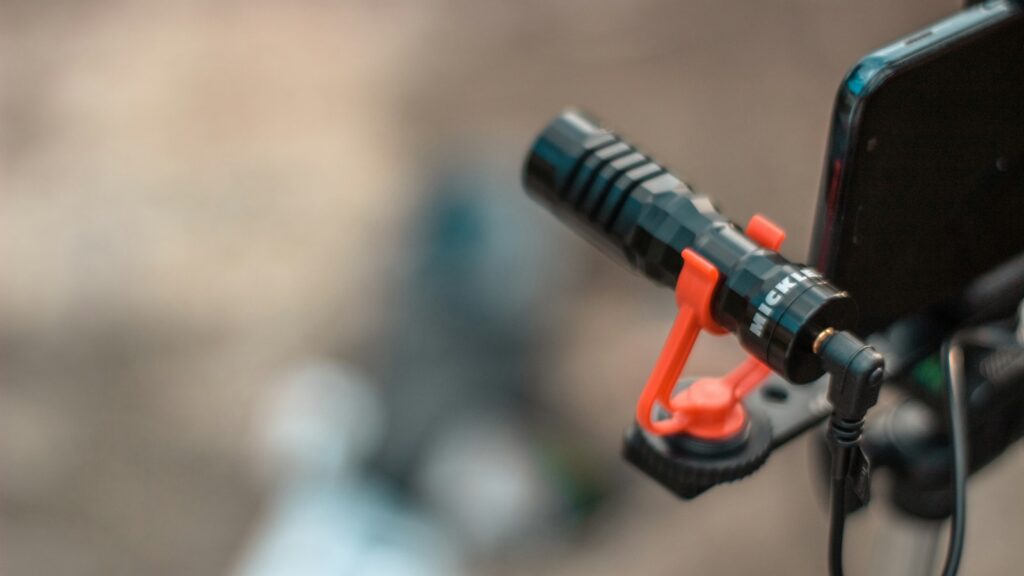
One of the biggest challenges in garden bird recording is isolating avian sounds from the cacophony of modern environments. To minimize background noise, time your sessions during quieter periods when neighborhood activity is reduced, such as early mornings or weekends. Position yourself away from roads, air conditioning units, pool pumps, and other mechanical sources of constant noise that can mask bird vocalizations. Using directional microphones like shotgun or parabolic models helps focus on your subjects while reducing peripheral sounds. Physical barriers can also help—positioning yourself with solid objects like garden walls or dense hedges between your recording setup and noise sources can create a sound shadow that improves recording clarity. For post-processing, consider recording a minute of “ambient noise” without bird sounds, which can help with noise reduction during editing.
Recording Techniques for Beginners
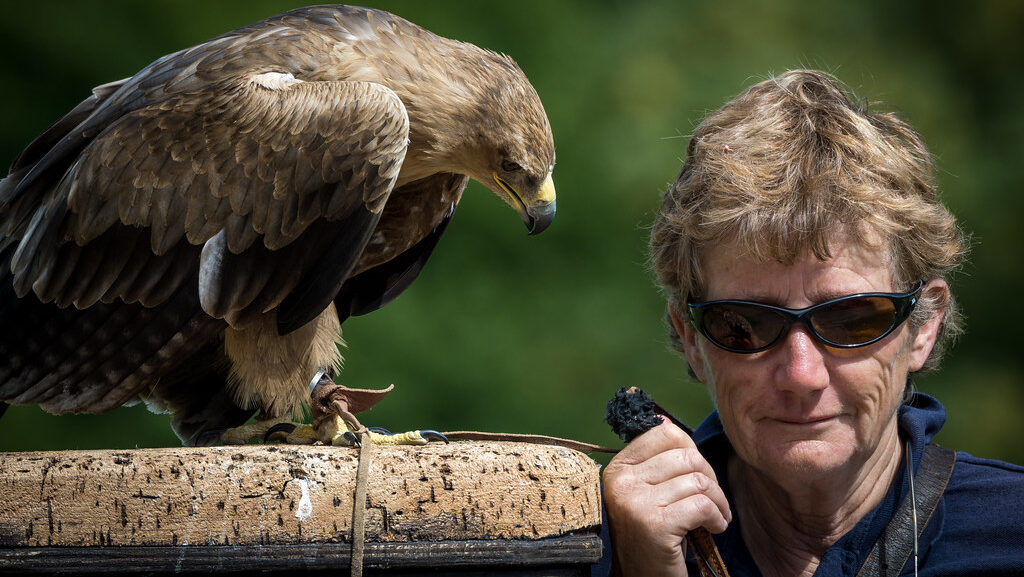
When starting out, several simple techniques can dramatically improve your recording quality. Maintain absolute stillness while recording to prevent handling noise and movement sounds from contaminating your audio. Practice using your equipment’s gain control, starting at lower settings and gradually increasing until you capture clear bird sounds without distortion. The “three-to-one rule” can be helpful—get three times closer to your subject bird than to any unwanted noise source. For handheld recording, support your arms on a stable surface or use a tripod adapter to reduce fatigue and associated movement noise during longer sessions. Many beginners find success with the “sit and wait” approach—finding a promising spot, setting up, then remaining quiet and patient as birds return to their normal activities around you. Remember that birds quickly habituate to stationary objects, so equipment left in place will become less disturbing to them over time.
Setting Up Automated Recording Stations
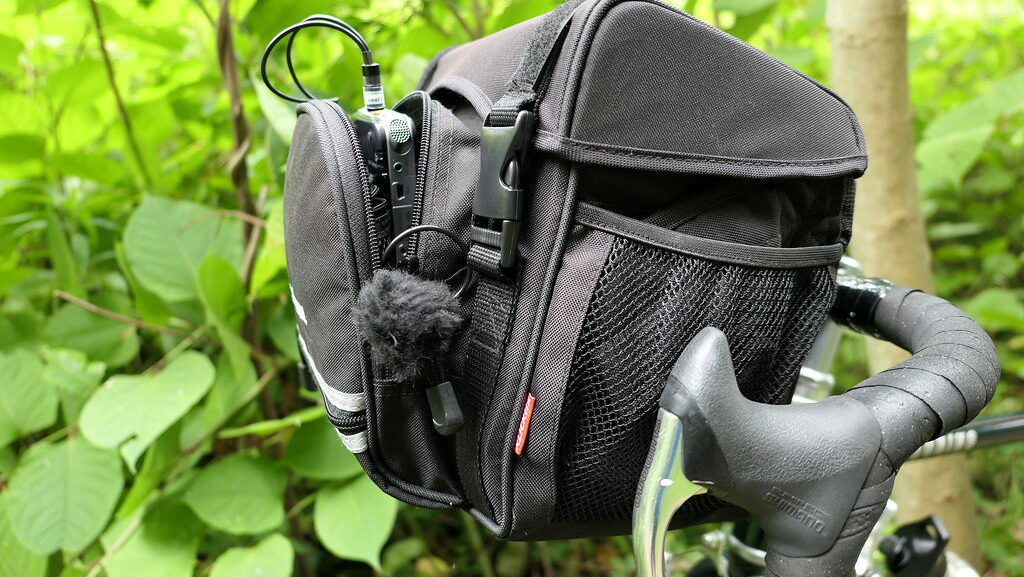
For those who can’t spend hours waiting for birds, automated recording stations offer an excellent alternative. These setups can capture sounds while you’re away, often yielding surprising results you might otherwise miss. A basic automated station consists of a weather-protected recorder with sufficient battery life and storage capacity, positioned in a bird-rich area of your garden. More advanced setups might include programmable timers that activate recording during prime hours like dawn and dusk, conserving battery and storage. Some systems now incorporate motion or sound triggers that start recording when activity is detected, though these require careful calibration to avoid constant triggering by wind or non-target sounds. Waterproof casings or DIY shelters protect your equipment during unexpected weather changes, while camouflage covering helps the station blend into the environment and reduces the likelihood of curious animals investigating it. When retrieving recordings, approach carefully during a time of low bird activity to minimize disturbance to your garden’s ecosystem.
Identifying Birds Through Their Sounds
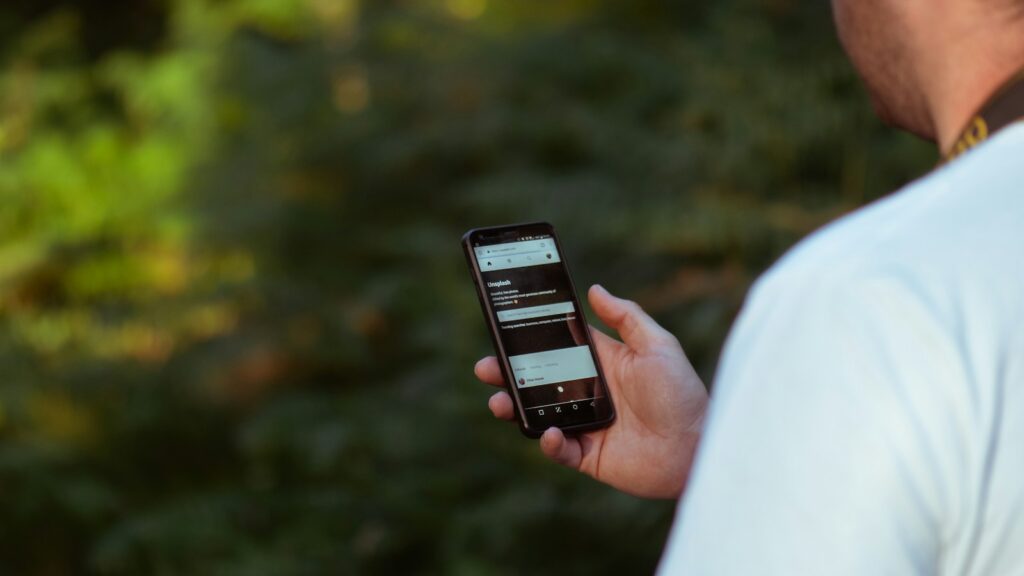
Recording bird sounds takes on new dimensions when paired with identification skills. Unlike visual identification, which relies on fleeting glimpses, sound recordings can be replayed and studied at leisure. Modern technology has made identification more accessible than ever, with apps like Merlin Bird ID, BirdNET, and Audubon offering sound matching capabilities—simply upload your recording and receive potential species matches. Building your own reference library by recording birds you’ve visually identified creates a personalized database for future comparisons. When studying recordings, pay attention to the pattern, pitch, tone, and rhythm, as these elements often remain consistent even when the bird varies its song. Learning to create simple sonograms (visual representations of sounds) using free software like Audacity can reveal patterns invisible to the ear alone, turning bird sound identification into a fascinating blend of auditory and visual analysis.
Editing and Processing Your Recordings
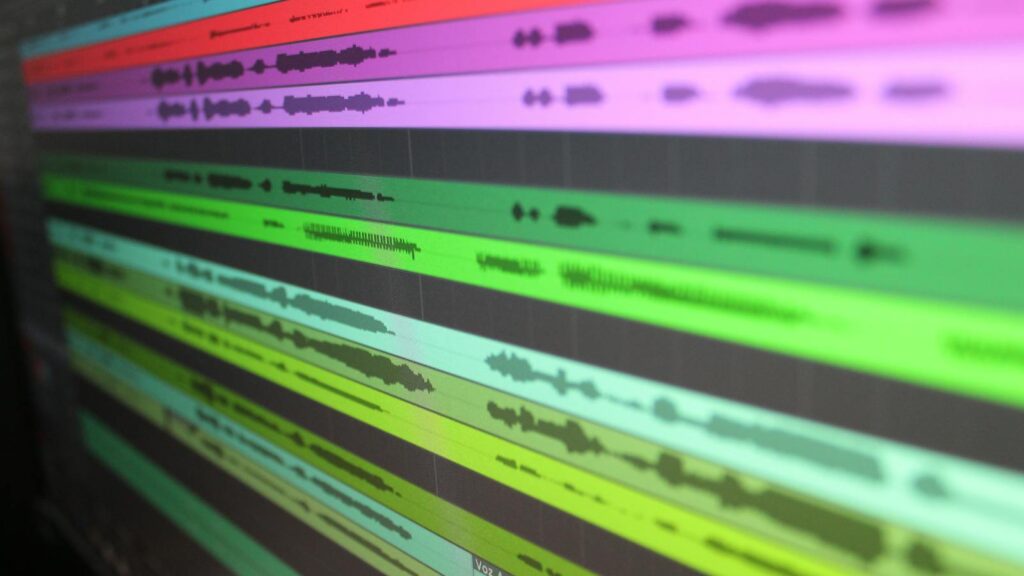
Once you’ve captured bird sounds, basic editing can transform raw recordings into clear, focused audio documents. Free software like Audacity or more specialized programs like Adobe Audition provide tools to trim unwanted sections, reduce background noise, and enhance bird vocalizations. The noise reduction process typically involves sampling a section containing only background noise, then applying an algorithm that removes similar sounds throughout the recording. Careful application of high-pass filters can eliminate low-frequency rumble from wind or distant traffic without affecting most bird sounds. For recordings with multiple species, you might create separate clips of each bird for easier reference and sharing. When processing, resist the temptation to over-edit, as excessive noise reduction can introduce digital artifacts that sound unnatural. Always save your original recordings alongside edited versions to preserve the authentic sound and allow for different processing approaches in the future.
Building a Bird Sound Library
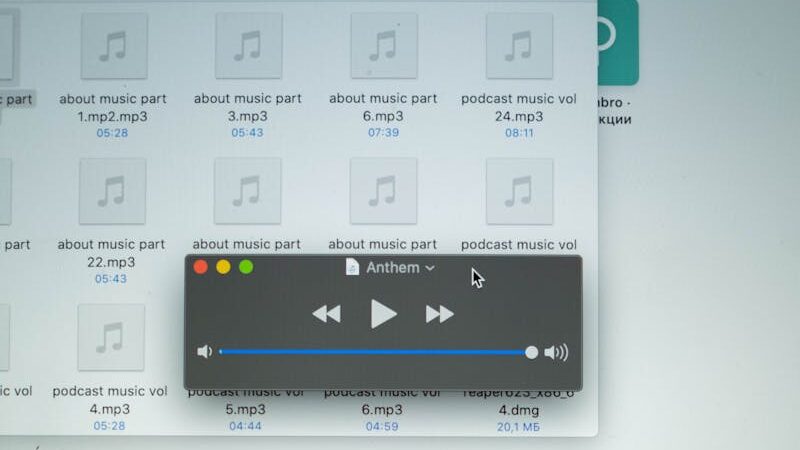
Organizing your recordings into a personal library creates a valuable resource that grows more precious over time. Develop a consistent file naming system that includes the date, location, species (if known), and type of vocalization (song, call, alarm, etc.). Digital tagging with metadata allows for quick searching and sorting within your collection. Consider keeping field notes alongside recordings, noting weather conditions, bird behaviors, and other contextual information that might explain particular vocalizations. Cloud storage services provide both backup security and the ability to access your library from multiple devices. Your personal sound library becomes particularly valuable when documenting the same garden over years, potentially revealing changes in species composition, arrival dates, or behavioral patterns that might reflect local environmental changes. Many recordists find that revisiting recordings from previous seasons brings both scientific insights and nostalgic pleasure, creating a time capsule of your garden’s soundscape.
Contributing to Citizen Science
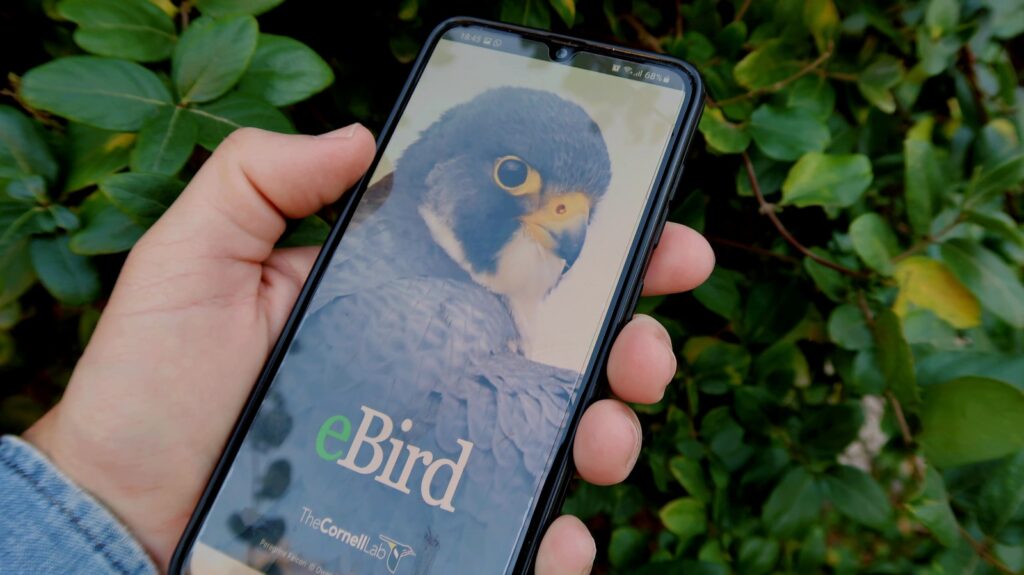
Your backyard recordings can contribute meaningfully to scientific knowledge through citizen science initiatives. Platforms like eBird, managed by the Cornell Lab of Ornithology, allow users to upload sound recordings alongside bird sightings, creating a vast database that researchers use to track population trends, migration patterns, and behavioral changes. The Xeno-Canto project specifically collects bird sounds from around the world, building an open-access library used by researchers, conservationists, and birders alike. Some regional monitoring programs focus on specific species or habitats, with volunteers recording standardized sound samples that help track ecosystem health over time. Your garden recordings might document unusual bird behaviors, rare species, or unexpected seasonal occurrences that provide valuable data points for larger studies. Many citizen science participants report that knowing their hobby contributes to conservation efforts adds significant meaning and purpose to their recording activities.
Attracting More Birds to Record
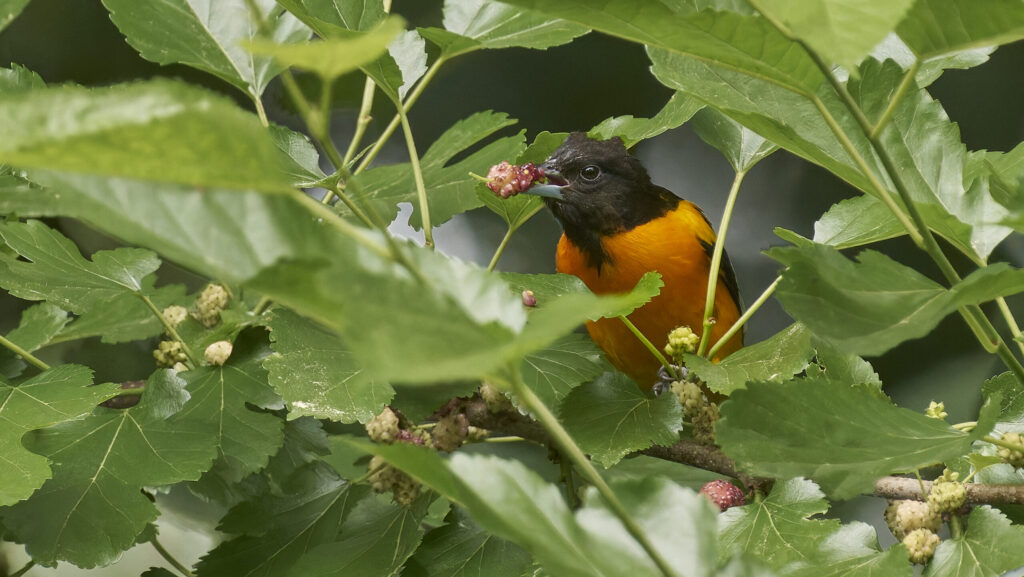
Enhancing your garden’s bird-friendly features can significantly increase the diversity of sounds you’ll capture. Native plants that provide natural food sources through berries, seeds, and nectar attract a wider variety of species than feeders alone, while also supporting the insect populations that many birds depend on. Creating vertical diversity with plants of different heights—ground cover, shrubs, and trees—provides habitats for species with different niche preferences. Water features like birdbaths or small ponds act as powerful bird magnets, especially if they include moving water that creates enticing sounds and reflections. Leaving some areas of your garden slightly “messy” with leaf litter and natural debris provides foraging opportunities for ground-feeding birds, whose rustling activities create interesting soundscapes beyond just vocalizations. Remember that patience is essential—established bird-friendly gardens develop richer communities over time as word spreads through the avian grapevine about reliable food, water, and shelter resources.
Ethical Considerations in Bird Recording
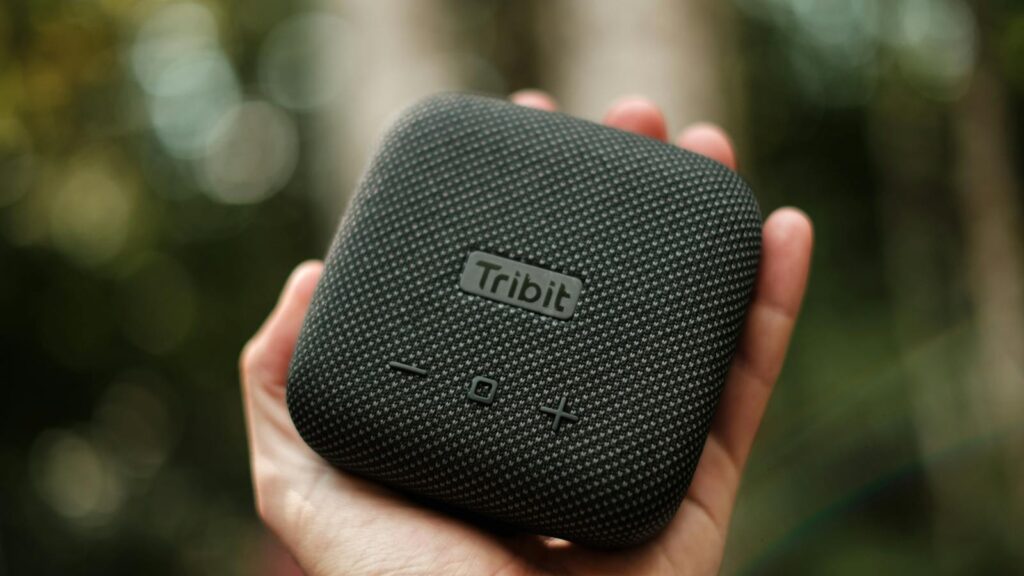
Responsible recording practices ensure your hobby doesn’t harm the very creatures you’re attempting to document. The welfare of birds should always take precedence over obtaining recordings, particularly during sensitive periods like nesting season when disturbance can lead to nest abandonment or exposure to predators. Avoid using playback (playing recorded bird sounds) to attract birds, especially during breeding season, as this can disrupt natural behaviors and territorial dynamics. When sharing recordings online or with citizen science projects, consider whether location data for rare or vulnerable species should be obscured to prevent disturbance by others. If recording on property beyond your own garden, always obtain necessary permissions and follow local regulations regarding wildlife disturbance. The best recording ethics involve “passive” techniques that minimize your impact on natural behaviors, allowing you to document authentic interactions rather than artificially induced responses. With thoughtful practices, bird recording can become a conservation-positive activity that increases awareness and appreciation for avian neighbors without adding to the pressures they already face.
Conclusion
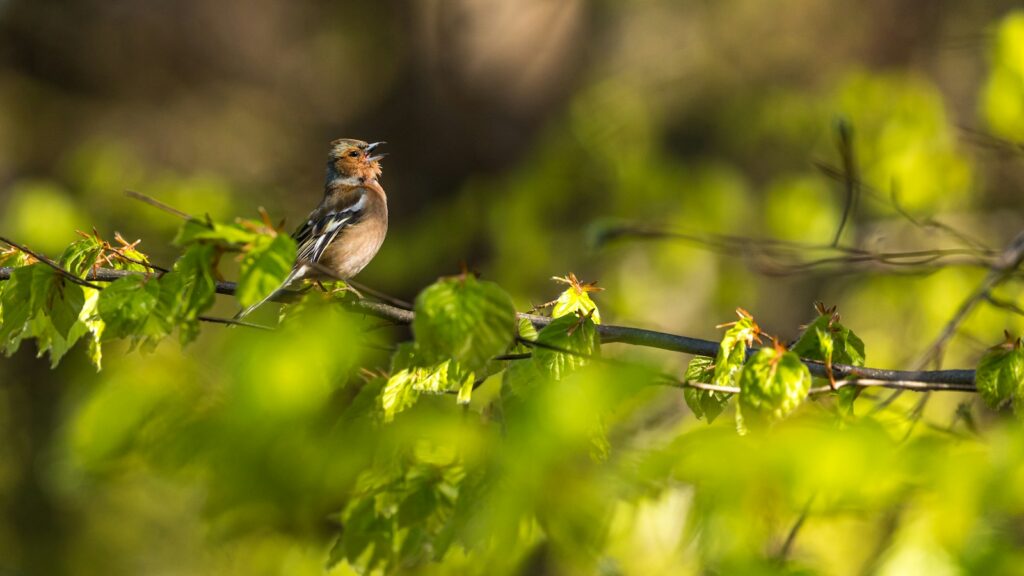
Recording the bird sounds in your garden opens a window into a complex world of avian communication that many people never fully notice. Beyond the simple pleasure of capturing beautiful songs, this hobby can deepen your connection to the natural rhythms of your immediate environment, sharpen your identification skills, and potentially contribute valuable data to scientific research. As your library of recordings grows, you’ll likely notice patterns and changes that reflect both seasonal cycles and longer-term trends in your local bird community. The equipment and techniques described here provide entry points for beginners and pathways for advancement as your interest develops. Whether your motivation is scientific curiosity, aesthetic appreciation, or simply the mindful practice of paying close attention to the world around you, the birds in your garden have fascinating stories to tell—and with a microphone and some patience, you can preserve those stories for years to come.
